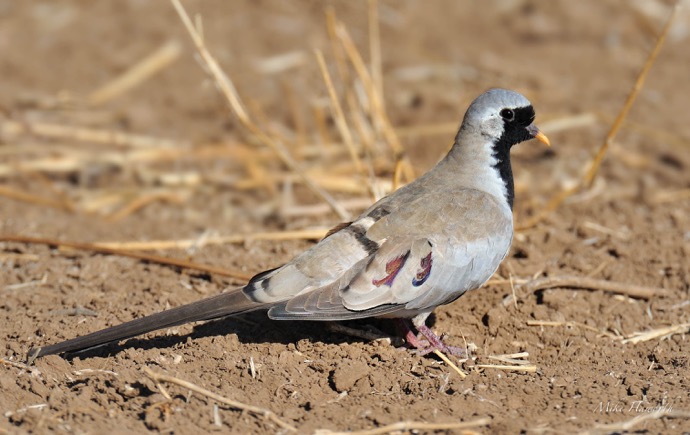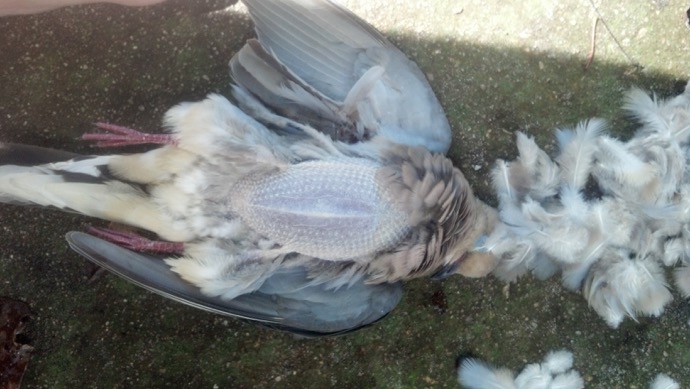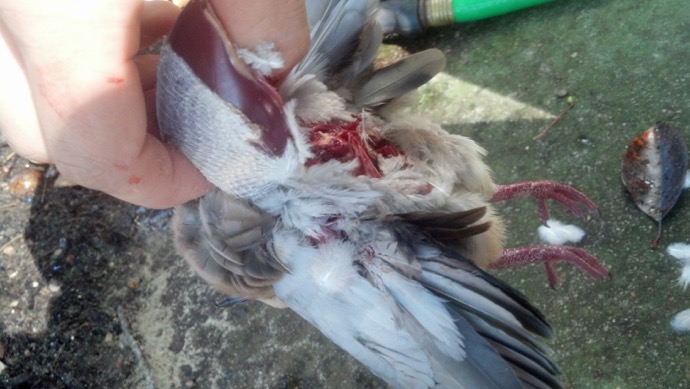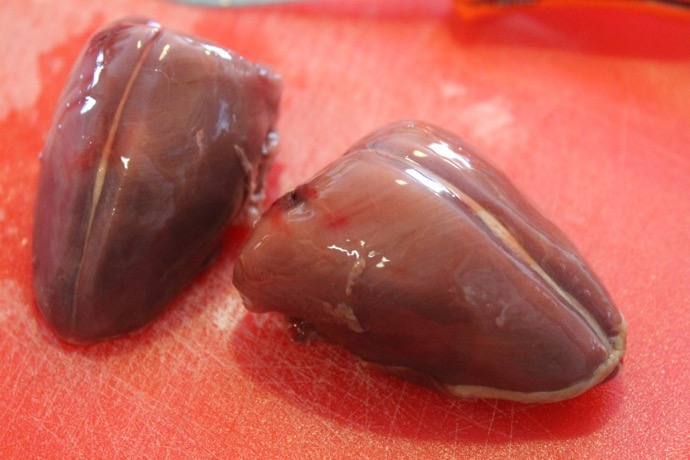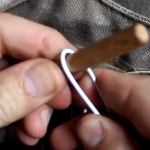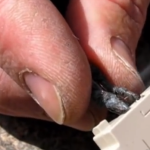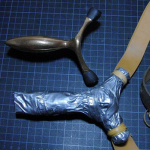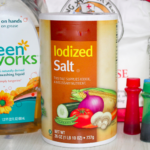How to Clean and Process a Dove
Doves are found in most parts of the country, and their meat is a good source of protein with little fat. While you won’t get a lot of meat out of each bird, cleaning and removing the breast will provide you with a decent serving that can be cooked up in no time. Let’s take a look at a couple of techniques that can help you to get to your next meal with minimal time and effort.
Non-Plucking
This is a fast and easy way to get at the meat, but it is also a little bit more gruesome than the plucking method. The first step is to hold the dove in one hand while grabbing the head and neck with the other and snapping it off. You want to do this in one single, firm motion. Next, feel for the joint that connects the top edge of each wing to the body. Crimp it with your fingers while twisting and pulling it off. You may need to counter-pull with your other hand while firmly holding onto the dove. This may take some practice, especially with larger birds.
The next step is to hold the dove upside down so its back is resting in the palm of one of your hands. Take your other hand and run your thumb along the breastplate until you reach the end closest to the tail. Hook your thumb below the end of the bone and work it in a little bit. You are essentially going to pull the bird apart by separating the breast from the rest of the body. Take your other thumb and hook it beneath the backbone and pull the two sections apart. The breast will come off with minimal difficulty, and it should be in one piece with the skin and feathers attached.
All you need to do now is peel off the skin and feathers until you have a nice, clean piece of breast that can be prepared according to your particular tastes and preferences.
Plucking
Plucking allows you to keep the skin on the breast if you prefer, and you don’t have to remove the head or wings from the bird. Simply start removing feathers that cover the breast portion of the dove. Hold the bird in the palm of your hand with its backside down, put your thumb inside the bottom of the breastplate. Hold the top of the breast with your index finger on the end of the bone nearest the neck. Push the breast up with your thumb while supporting the top bone with your finger. Gently rock the breast back and forth against its wing bones and peel up. This will cause the breast to detach in one clean swipe.
The other advantage of plucking is that you reduce the chances of ripping the breast as you remove it from the feather-covered skin. This layer is stronger with the feathers attached, and the skin may not tear easily. In both cases, you can complete the entire process in a matter of seconds once you get some practice.
The two things that you need to be most concerned with is hygiene and discarding the carcass and pieces that remain. You don’t want to attract any vermin to your site, so make sure that you either burn the carcass while you are cooking in the fire, or dispose of it at a distant location. You can also use some of the scraps for bait as a way to further reduce waste.
You also want to make sure that you clean and sanitize your hands thoroughly after handling the bird. You should also clean any clothing as well as living and cooking areas that have come into contact with blood or bodily fluids from the dove. This is important in order to reduce the chances of cross-contamination and the transmission of food-borne illnesses.
Try these methods out for yourself and come to your own conclusions as to which is better. At the end of the day, both options give you a sturdy piece of breast meat that can be roasting over the fire or on the grill in minutes after the dove has been killed.


